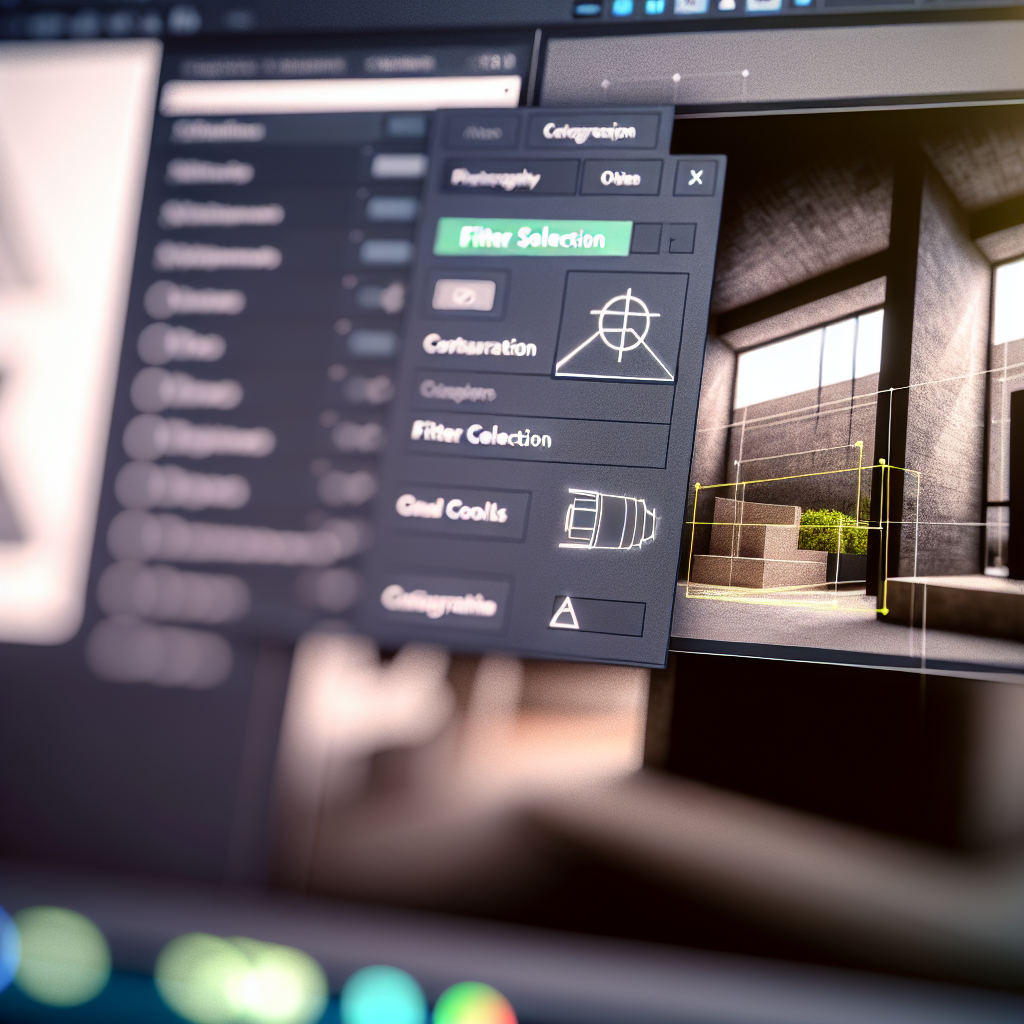Filters in Revit are powerful tools that enhance your control over model visibility, making it easier to analyze, present, and manage complex projects. By leveraging filters effectively, designers can create clearer visuals and streamline workflows. In this article, we’ll explore how filters serve as an ultimate graphics tool within Revit, optimizing your modeling process.
Understanding Filters in Revit: The Foundation of Visual Control
Filters in Revit act as a sophisticated mechanism for selectively controlling the appearance and visibility of elements within your model. Unlike basic visibility toggles, filters allow you to set detailed rules based on element properties such as category, type, or parameter values. This functionality is essential for creating _customized graphics_ that highlight specific aspects of your project or streamline presentation phases.
For example, if you want to highlight all structural elements with a specific load-bearing capacity, you can create a filter that applies a distinct color or line style to those elements. This targeted approach helps in visual analysis, clash detection, and presentation preparation by making critical elements stand out clearly.
Moreover, filters can be combined with view-specific settings, enabling architects and engineers to generate multiple, different visualizations from the same model. This flexibility makes filters a versatile *graphics tool* tailored for detailed design reviews, client presentations, and internal coordination.
Implementing Filters Effectively: Techniques and Best Practices
To maximize the potential of filters in Revit, understanding their setup and application is crucial. Creating a filter involves defining rules based on element parameters, which are then assigned to views to control visibility, graphics, or both. Here’s a step-by-step overview:
- Define a New Filter: Navigate to the ‘Filters’ option in the ‘Visibility/Graphics Overrides’ dialog, then create a new filter based on your desired criteria.
- Set Filter Rules: Use element parameters such as category, family, or custom parameters to specify which elements the filter applies to. For example, filter all windows with a specific manufacturer or size.
- Adjust Graphics Settings: Once the filter is applied, customize the graphical display—colors, line styles, patterns—to visually differentiate the filtered elements.
- Apply Filters to Views: Assign your filters to specific views, allowing you to create multiple visualizations tailored for different project milestones or stakeholders.
Best practices include maintaining organized parameter sets, using clear naming conventions for filters, and regularly updating filter rules as the project evolves. Additionally, combining filters with Revit’s *view templates* can automate repetitive tasks, ensuring consistency across multiple views.
Advanced users might leverage nested filters or conditional formatting to create dynamic visualizations that respond to changes in model data, further elevating Revit’s graphics capabilities.
Conclusion
Filters in Revit are indispensable for achieving ultimate control over model visualization, transforming complex 3D data into accessible, visually compelling presentations. By mastering filter creation and application, users can significantly enhance clarity, accuracy, and communication within their projects. Overall, filters stand out as a versatile and essential graphics tool in Revit’s expansive feature set, empowering users to produce precise and impactful visualizations.
